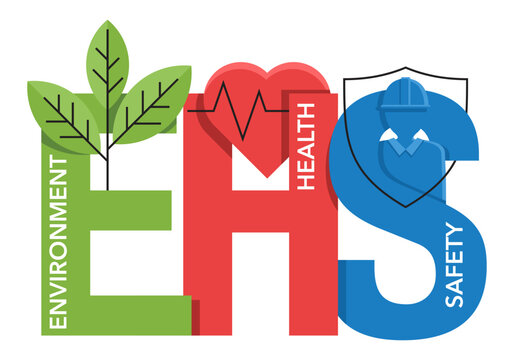
Exciting New Frontiers in Environmental Health and Safety
As the world becomes increasingly aware of the importance of preserving our planet and safeguarding human health, the field of environmental health and safety (EHS) has gained significant momentum. With advancements in technology, growing concerns about climate change, and evolving regulatory landscapes, numerous exciting developments are shaping the future of EHS. In this article, we will delve into some of the most thrilling new frontiers in this field, highlighting their potential to revolutionize environmental protection and ensure the well-being of individuals and communities.
Artificial Intelligence (AI) and Machine Learning Internet of Things (IoT) and Sensor Technology:

AI and machine learning have emerged as powerful tools in EHS, providing advanced predictive analytics and data-driven insights. These technologies enable organizations to identify risks, develop proactive mitigation strategies, and optimize resource allocation. By analyzing vast amounts of data collected from various sources, AI-powered systems can identify patterns, detect anomalies, and predict potential hazards. This capability enhances the effectiveness of environmental management systems, allowing for better decision-making, improved safety protocols, and the prevention of accidents.
IoT and sensor technology have revolutionized the way EHS professionals monitor and manage environmental risks. By integrating sensors into various equipment and infrastructure, real-time data on air quality, water pollution, noise levels, and other critical parameters can be collected. This information enables organizations to quickly detect and respond to potential hazards, reducing exposure risks for workers and communities. Furthermore, IoT devices can facilitate remote monitoring, allowing professionals to assess and manage EHS risks from anywhere, improving efficiency and reducing costs.
Renewable Energy and Sustainable Practices Climate Change Adaptation and Resilience
The transition to renewable energy sources, such as solar and wind power, is a game-changer for environmental health and safety. Clean energy technologies not only reduce greenhouse gas emissions but also mitigate the impact of hazardous substances associated with traditional energy sources. Additionally, sustainable practices, including waste reduction, recycling, and water conservation, play a crucial role in minimizing environmental risks. The integration of renewable energy and sustainable practices into EHS strategies promotes a more sustainable future and helps organizations meet their environmental goals.
Climate change poses significant challenges to EHS professionals, requiring the development of adaptive strategies to protect human health and safety. Organizations are increasingly focusing on climate change resilience, assessing vulnerabilities, and implementing measures to mitigate risks. This includes designing infrastructure that can withstand extreme weather events, implementing early warning systems, and promoting public awareness of climate-related hazards. By prioritizing climate change adaptation, EHS professionals contribute to the long-term sustainability and resilience of communities and businesses.

Regulatory Advances and International Collaboration:
Governments across the globe are recognizing the need for stringent environmental regulations and are actively collaborating to address cross-border challenges. International agreements, such as the Paris Agreement and the Minamata Convention on Mercury, aim to reduce harmful emissions and promote sustainable practices worldwide. These regulatory advancements provide a solid framework for organizations to align their EHS efforts, fostering global cooperation in addressing environmental health and safety concerns.
The field of environmental health and safety is experiencing an exciting era of innovation and progress. From leveraging AI and IoT to adopting sustainable practices and adapting to climate change, the possibilities for improving EHS outcomes are vast. By embracing these developments, organizations and professionals can ensure a safer and healthier future for both the environment and human well-being. As we continue to explore new frontiers, collaboration, and a commitment to sustainability will be key to driving positive change in the field of environmental health and safety.



